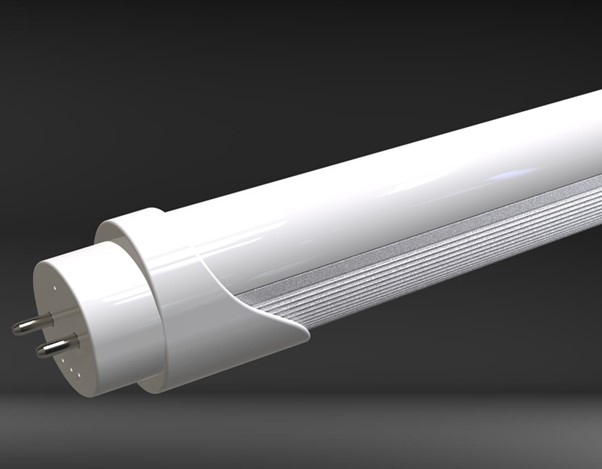LED tubes are the gateway to modern day light fixtures. This innovation was the pioneer of LED technology and today we have the lighting fixtures which have transformed the concept of lighting entirely. LED tubes were first made for G5 and G13 bulb bases. They were effectively introduced as a replacement to fluorescent lamps.
Fluorescent tubes are the most popular mode of lighting but there are various reasons as to why they are so ineffective. LED tube lights on the other hand were the first to replace these tube lights. It was particularly known as LED retrofit kits and available for T5 and T8 tubes.
What are LED retrofit kits?
These tubes are an effective alternative to fluorescent tubes. There are three to four main types of LED retrofit kits.
UL Type A
UL type A or direct
plug in LED kits. They work on the existing fluorescent ballast. They are the
first ever kits and their main drawback is the expense of ballast. If the older
ballast fails it requires replacement which is a repetitive task as fluorescent
ballast has a small functional life.
UL Type B
UL type B or
integrated LED tubes require installation of an LED driver in place of
fluorescent ballast. These tubes are double ended and one is for support while
the other provides the neutral and live wire. These fixtures require assistance
in installation and are longer lasting than UL type A. The fixture modification
as the wires are connected to line voltage.
UL Type C
UL Type C is the most
advanced option in these kits. These tubes operate on remote drivers and
require modification of the fixture and the wires are connected to the mains
supply. This one remote driver can power up to 40 tubes which is a highly
feasible option for commercial spaces like offices, hospitals, schools etc as
they have an appropriate ceiling design for the installation of these fixtures.
UL Type A + B
UL type A and B or
hybrid LED retrofit tube has both the features of Type A and Type B tube. These
tubes can both operate on the preexisting ballast and line voltage
alternatively.
Although due to safety concerns only a few ballasts are compatible with hybrids. But they are quite a beneficial replacement.
It is necessary to know the specification as not all fluorescent fixtures are compatible with all UL types; each has a specific listing and hence it requires special consideration. To learn more about how to choose the right LED tube for your project or home, check this link.
Uses and Advantages
of LED tubes
LED tubes are an effective replacement to most traditional lamps in any setting such as:
In offices:
Offices have modular grid ceiling surfaces; they support only selected types of fixtures like troffers or panels. In older spaces most fluorescent and CFL lamps are now replaced with similar LED tubes, which are much more effective as they last longer and provide glare free light.
In schools:
Schools have similar use of LED tubes. They require a lot of general lighting which facilitates the students and teachers both. One of the main advantages of LED tubes is glare free lighting which is highly important for the health of the staff and students as fluorescent tubes are known to be quite disruptive to the surroundings with their buzzing sounds as well which causes headaches and migraines.
In shops:
Retail spaces are the largest consumers of LED technology and there are several uses of LED tubes here. They are for general lighting as well as display lighting. LED tube lights are available in different sizes as well as diameters which allow them to be incorporated in any space easily. They provide directional lighting which is a huge benefit in this scenario as fluorescent lamps are known to disperse light in the surrounding which causes a huge loss as the light is wasted in the surroundings before reaching the point of illumination.
LED tube lights have revamped the way for the lighting industry to evolve. They have many other benefits such as:
Higher lumen output:
as the brightness of LEDs is measured in lumens they are higher than usual
fixtures which operate on wattage. The brighter lamps accommodate more space
and thus it requires a lesser number of fixtures per room to meet the lighting
requirements.
Energy efficiency: the energy efficiency of the fixture is a measure of its consumption of energy. LED lamps consume less energy as they are able to produce more light at lower wattages. This makes them 80% energy efficient than any other lighting counterpart.
Lower maintenance cost: LEDs last for several years and during those times they seldom require any changes or maintenance as they remain unfazed by fluctuating temperatures or voltages.
LEDs have a quick
start up time and they do not heat up even when used for longer durations. The
fixture is able to withstand heat and also reduces the temperature of the
environment. These tubes do not contain any toxic chemicals like mercury or
produce UV rays which are harmful for the surroundings. There advantages are
consistent which makes these fixtures sustainable for safe and effective usage
for longer periods of time.


No comments:
Post a Comment
Please Leave a Comment to show some Love ~ Thanks